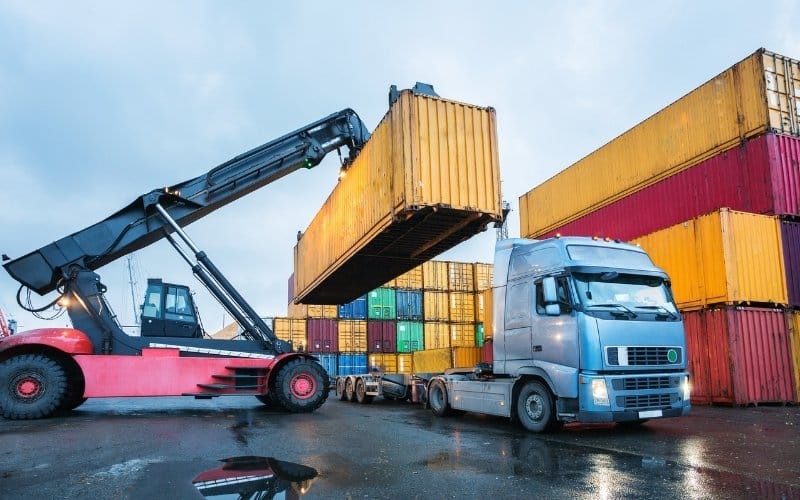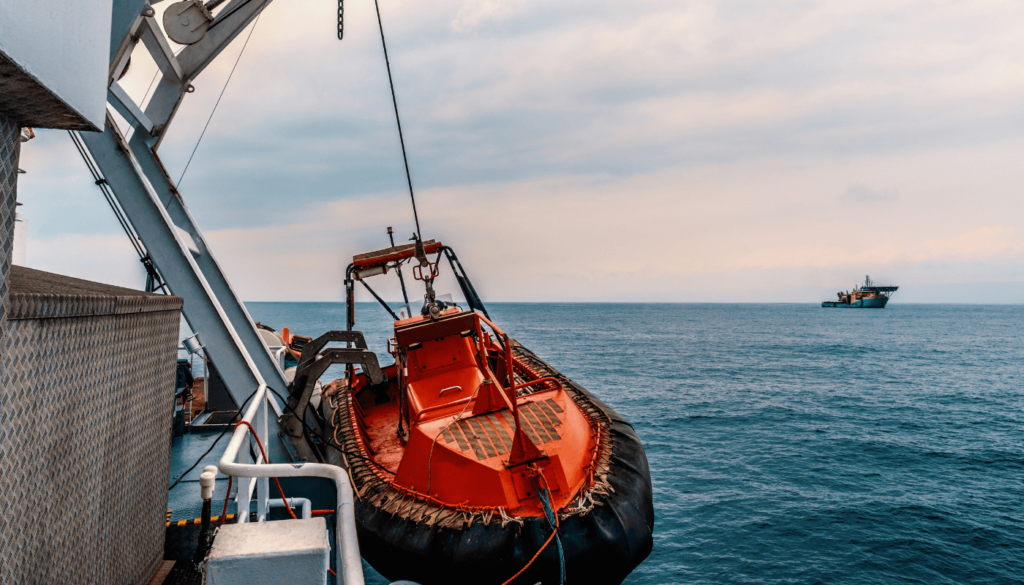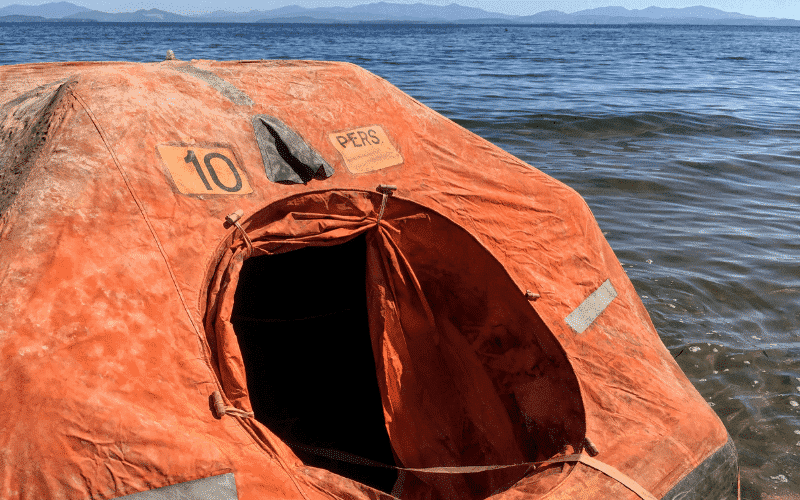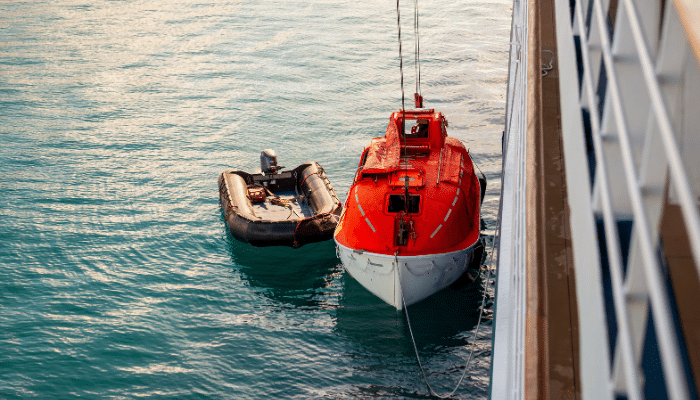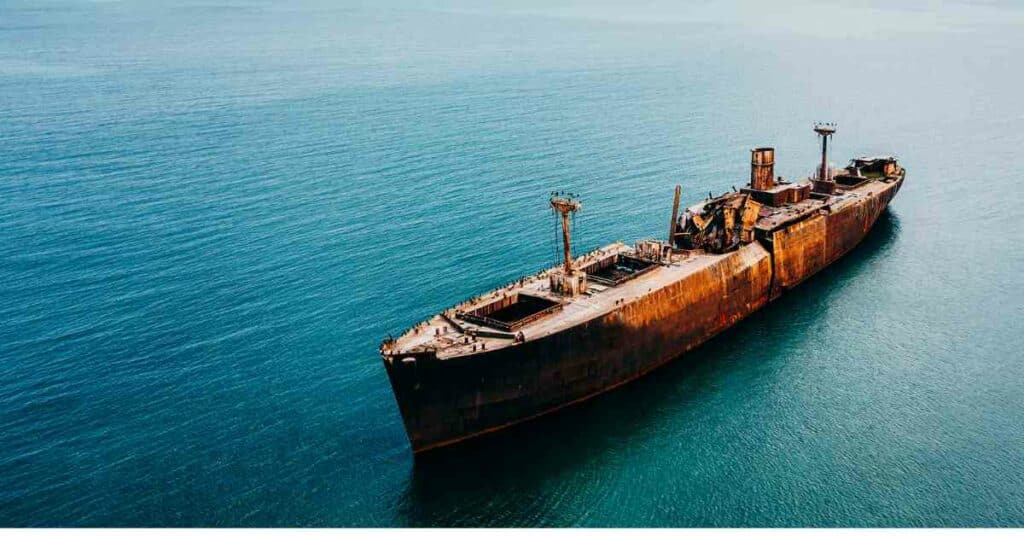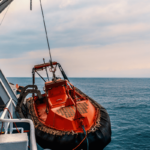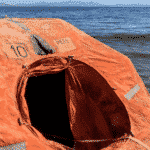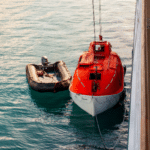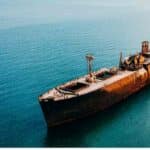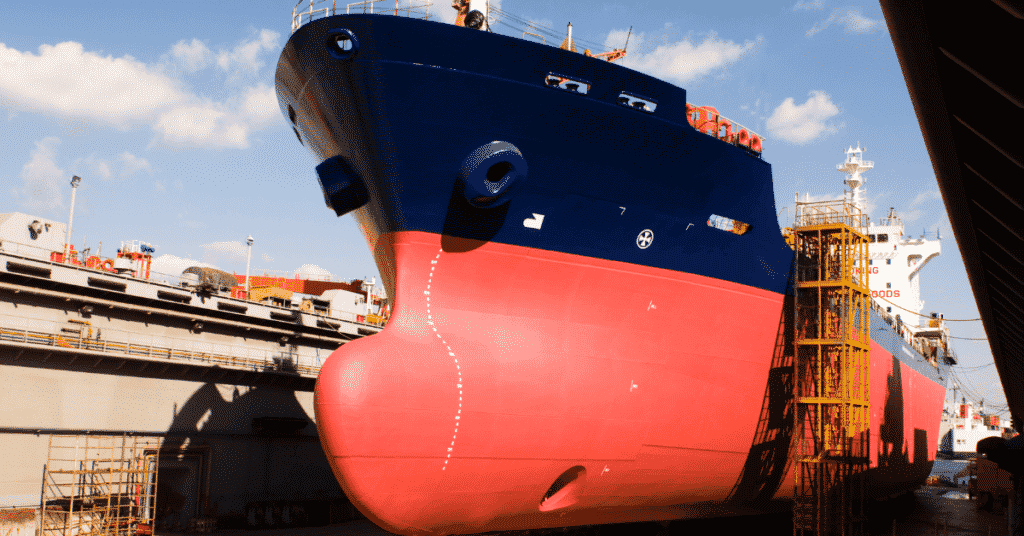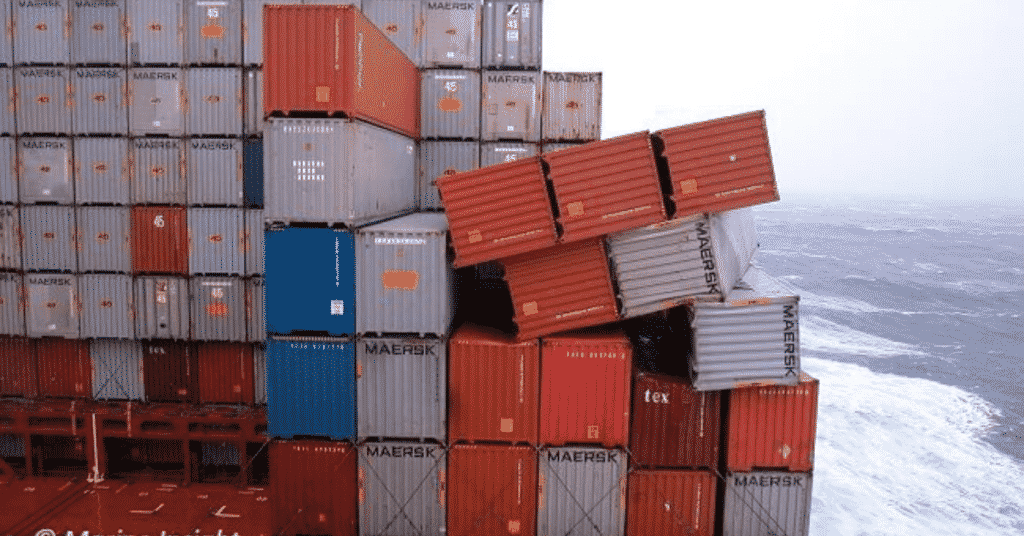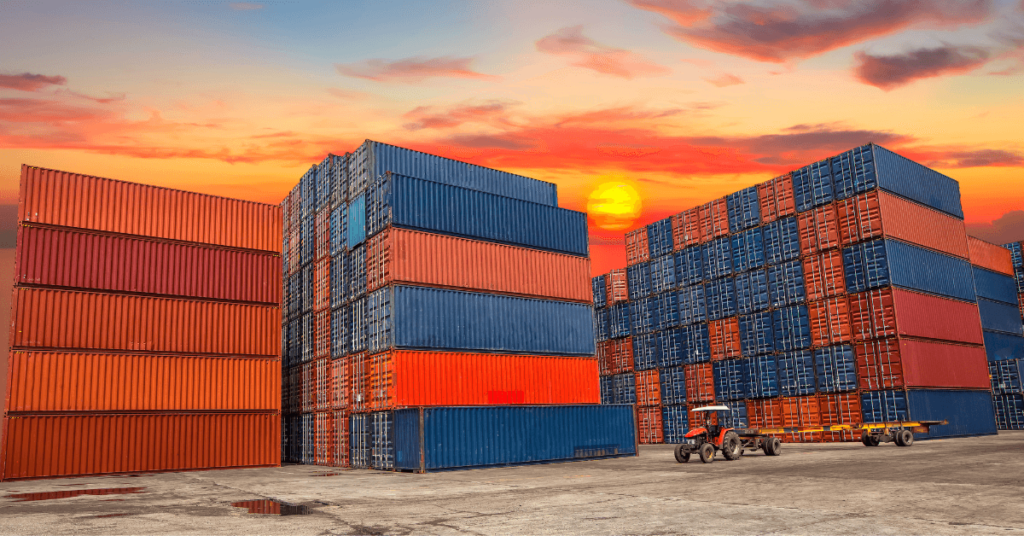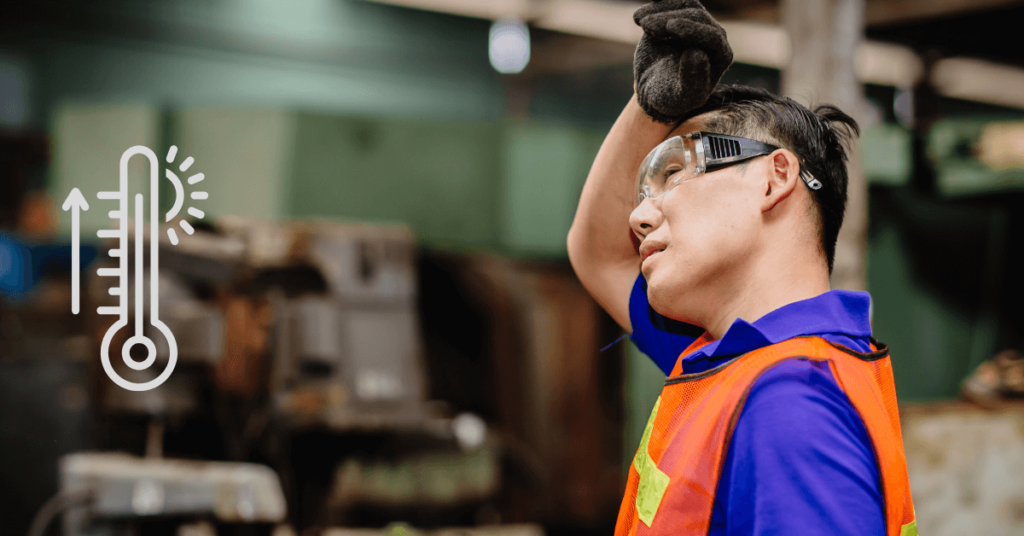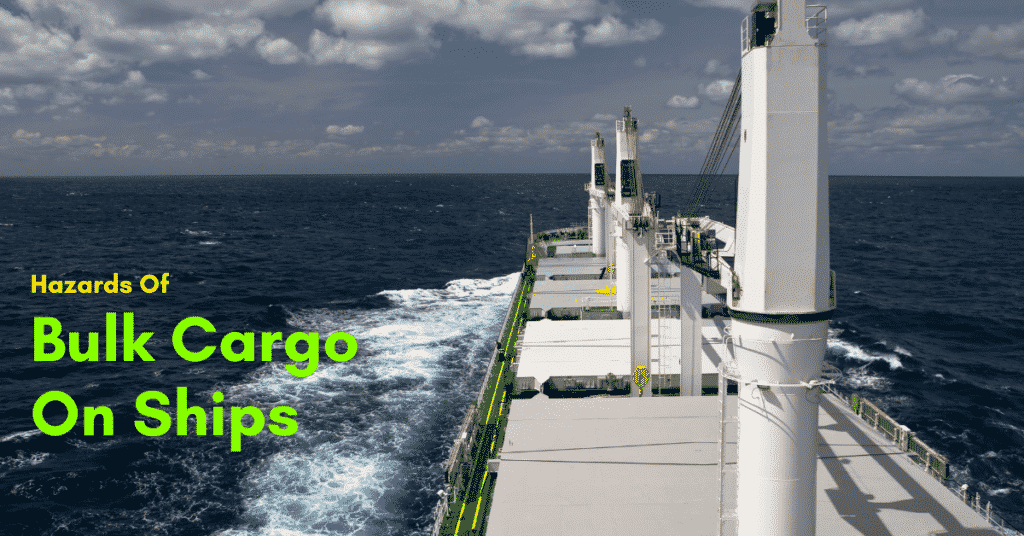How to Take Care of Cargo on Container Ships at Sea?
On container ships, cargo is carried in standardized containers, which are placed one over the other and secured using lashing.
While at sea, the ship is subjected to heavy rolling and pitching, which can not only disturb the cargo but also upset the stability of the ship. Parametric rolling – a unique phenomenon on container ships, must be carefully dealt with in order to ensure safety of cargo containers at sea.
Keeping a watch on the loaded cargo containers when the container ship is sailing is as equally important as preparing a container ship for loading cargo. Also, officers must know all the important equipment tools which are used to handle cargo on container ships.
The following Important points must be considered for taking care of cargo containers while at sea:
Check lashing
Proper container lashing is one of the most important aspects of securing cargo safely on the ships. Every officer in charge of cargo loading and unloading must know and understand the important points for safe container lashing.
Moreover, when the ship is sailing, lashing must be checked at least once a day and tightened whenever necessary.
If the ship is about to enter rough sea or in case of heavy weather, lashing should be frequently checked and additional lashing must be provided wherever required.
Checking containers with dangerous goods
Cargo containers carrying dangerous goods must be checked at regular intervals of time, especially in bad weather. Dangerous goods containers must be frequently checked for leakages or damages while the ship is sailing.
Checking refer containers
Refer containers must also be checked and monitored at least twice daily for proper functioning. Frequent monitoring is required in case of special refer cargo containers or containers which are suspected to malfunctioning.
Avoid Wet Damage of Cargo
Adverse weather condition might result into damage of cargo because of leakages from water and oil systems. Such kind of damage to container ships is known as wet damage. Water from rains might also get accumulated inside the cargo hold and damage the cargo in lower tier containers in the cargo hold.
Regular sounding of cargo hold bilges is of utmost importance for early detection of problems related to water or oil ingress in cargo holds.
Bilges must be checked once a day in normal weather condition and at regular intervals of time in rough weather. When the ship is at port, cargo hold bilges must be drained into holding tanks.
Regular rounds of the cargo deck compartment must be made to check the condition of lashing and cargo containers.
Sometimes, it might so occur that in spite of taking all the necessary precautions, damage to cargo or the ship’s hull would take place. In such cases, the master of the ship must take the necessary precautions to minimize the damage. He should also report the same to the company and make necessary entries in the ship’s log book.
A master’s report on the damages sustained must also be made along with a sea protest which is to be produced at the next port.
You may also like to read – The 10 Best Printers For Shipping Labels

About Author
Raunek Kantharia is a marine engineer turned maritime writer and entrepreneur. After a brief stint at the sea, he founded Marine Insight in 2010. Apart from managing Marine Insight, he also writes for a number of maritime magazines and websites.
Latest Ship Safety Articles You Would Like:
Do you have info to share with us ? Suggest a correction
Subscribe To Our Newsletters
By subscribing, you agree to our Privacy Policy and may receive occasional deal communications; you can unsubscribe anytime.
Web Stories




